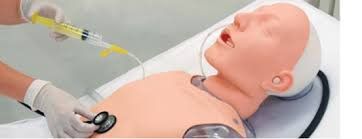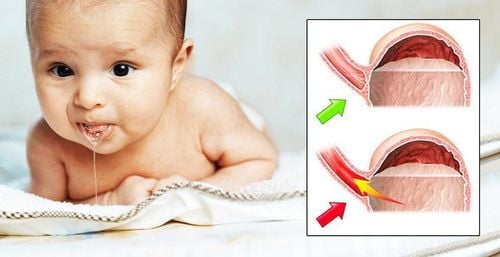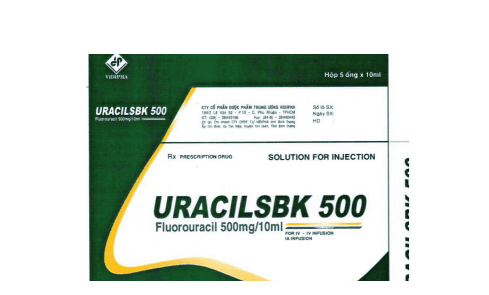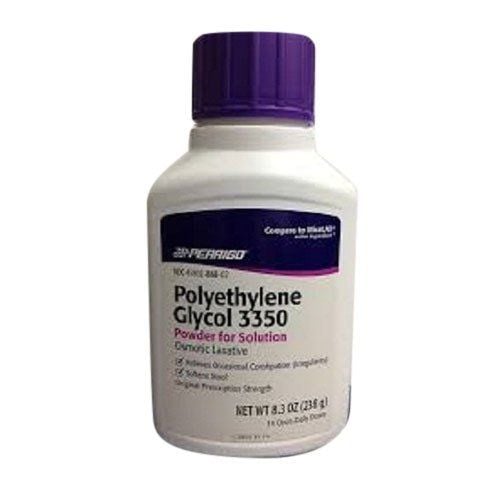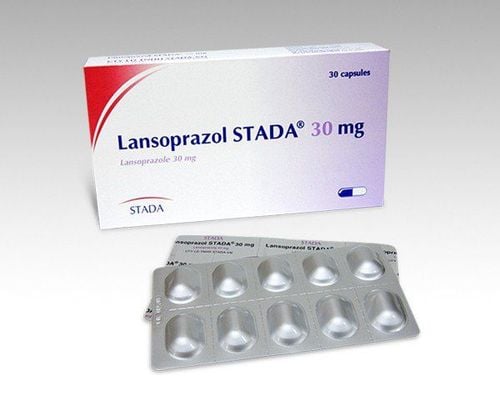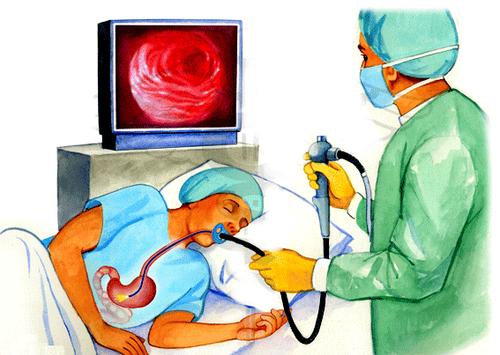This is an automatically translated article.
Esophageal cancer is an upper gastrointestinal cancer, with the 9th most common cancer incidence in the world, the 3rd most common cancer in the gastrointestinal tract (after stomach cancer and colorectal cancer). rectum), greatly affects the nutritional problems of patients, especially in advanced cancer stages. Therefore, the role of nasogastric tube feeding in esophageal cancer patients is very urgent.1. Importance of nasogastric feeding
In the 1980s, critically ill patients were often fed intravenously. However, this approach has many disadvantages, especially when parenteral nutrition is complete. One of the biggest disadvantages is that the empty intestinal tract will create conditions for bacterial gonorrhea to occur, causing infection and blood poisoning.Therefore, since the late 90s of the last century, experts have encouraged an early return to enteral nutrition for critically ill patients. Therefore, catheter feeding is a method of feeding critically ill patients in most hospitals.
2. Open gastric bypass to nourish esophageal cancer patients
The selection of the catheter feeding route is based on four factors: physiological status of the gastrointestinal tract, the patient's risk of aspiration, the length of time the catheter is required, and the technique most appropriate to the patient (surgery). surgery, laparoscopy, laparoscopy).Gastrostomy is indicated when the esophagus is damaged while the stomach is normal, or when there is reflux oesophagitis without disturbances in gastric or duodenal motility, or when feeding through a catheter is required. longer than 3 weeks, especially in cases of upper gastrointestinal cancer such as esophageal cancer.
Gastrostomy offers benefits for patients with esophageal cancer: reduced risk of infection compared with intravenous use, normal bowel function use, villous atrophy is avoided, reduced possibility of electrolyte imbalance, safety, physiology and economic savings.
Case of stomach cancer stage IV: the gastric bypass is nourishing, no longer able to treat effectively.
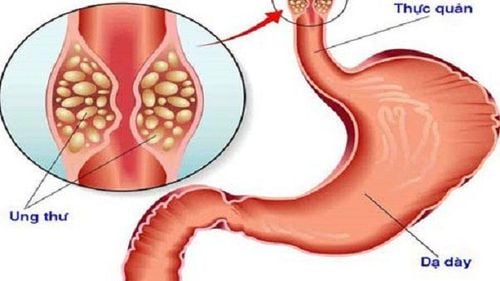
Ung thư thực quản
>> See also: Update on risk factors for esophageal cancer (Part 1) – Posted by Master, Doctor Mai Vien Phuong - Department of Examination & Internal Medicine - Vinmec International General Hospital Central Park
3. Contraindications for gastric bypass surgery
All cases of anterior stomach wall not touching the abdominal wall: moderate and severe ascites, hepatomegaly, especially left liver, enlarged spleen, gastrectomy patients. Infiltrative diseases of the stomach Intestinal obstruction (except in the case of opening the stomach to the skin to relieve pressure), semi-obstruction, pyloric stenosis. Diarrhea after peritonitis after perforation of hollow viscera Patients on peritoneal dialysis, gastric pathology due to portal hypertension.4. The process of feeding through a gastrostomy
Check that the nasogastric tube is still in the correct position in the stomach (inflate and listen to the epigastrium or use a suction pump to see gastric juice). Connect the liquid feeding bag to the catheter, adjusting the drop to match the calories. Each feeding time is about 3 - 6 hours. After each feeding, inject cooled boiled water or sterile water to rinse the catheter. Pay attention when pumping water and food into the stomach to avoid bringing air into the stomach.Start feeding 8 - 24 hours after the procedure. The amount of feeding fluid started with 40ml/4 hours, then gradually increased to 25ml/every 12 hours to reach 250ml/4h. Feeding tubes can be used from 6-12 months, if there is indication to continue feeding, replace with new feeding tubes.
5. Be careful when feeding patients with esophageal cancer through a gastrostomy
Diarrhea: reduce the diet, reduce the rate of infusion, check for environmental pollution, check the actions of nurses. Vomiting: sometimes occurs due to eating too quickly, too much at one time, due to incorrect indications: then the patient is lying on the side of the head or in a safe position. Aspiration of secretions from the pharynx and bronchi. Patients lose weight, gain weight: adjust food intake. Aspiration pneumonia: due to too much pumping at a time or because of feeding tube intolerance. Treat by reducing the amount of feeding fluid per pump, keeping the head elevated when pumping through the tube until 1 hour after feeding.Please dial HOTLINE for more information or register for an appointment HERE. Download MyVinmec app to make appointments faster and to manage your bookings easily.




